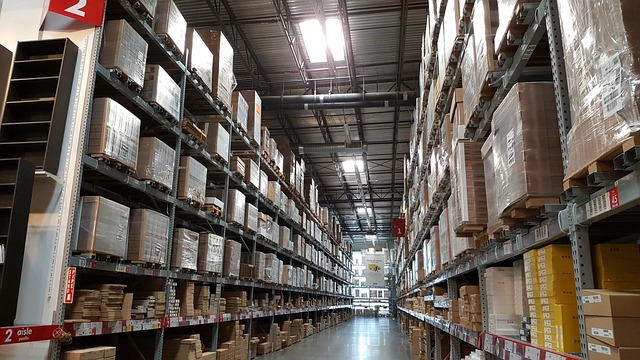Organizing 50 kW Combi Boilers: Entity Taxonomy Mapping for Efficient Fuel Classification
50 kW combi boilers are energy-efficient, versatile heating solutions ideal for large properties wit…….

50 kW combi boilers are energy-efficient, versatile heating solutions ideal for large properties with multiple bathrooms, offering central heating and instant hot water. Featuring condensing technology and ErP A ratings, these high-output boilers reduce costs and environmental impact while providing consistent hot water flow rates. Entity taxonomy mapping helps navigate and select suitable models based on fuel type (natural gas or LPG) and key performance factors like heating capacity and hot water flow rate, streamlining inventory management and maintenance for optimal efficiency in both residential and commercial settings.
“Entity taxonomy mapping plays a pivotal role in streamlining the management of 50 kW combi boilers, especially when categorized by fuel type. This article offers a comprehensive guide, beginning with an in-depth look at these efficient heating systems. We then explore the strategic benefits of entity taxonomy mapping, detailing how it rationalizes the classification process.
Further, we provide practical insights into implementing effective organization for 50 kW combi boilers based on fuel type, ensuring optimal management and enhanced operational efficiency.”
- Understanding 50 kW Combi Boilers: A Comprehensive Overview
- The Rationale Behind Entity Taxonomy Mapping for Fuel Classification
- Implementing Efficient Organization: Strategies for 50 kW Combi Boiler Fuel Type Categorization
Understanding 50 kW Combi Boilers: A Comprehensive Overview

50 kW combi boilers are a versatile and efficient solution for heating large properties with multiple bathrooms, providing both central heating and hot water on demand. These high output boilers are designed to meet the demands of modern households, offering a seamless blend of performance and energy efficiency. They come in various types, including natural gas fired and LPG compatible models, ensuring flexibility for different fuel preferences.
One key feature that sets 50 kW combis apart is their condensing technology, which recovers heat from exhaust gases, enhancing energy efficiency. This not only reduces running costs but also minimizes environmental impact. With an ErP A rating, these boilers excel in performance and sustainability, guaranteeing a consistent hot water flow rate to meet the needs of busy families.
The Rationale Behind Entity Taxonomy Mapping for Fuel Classification

In the context of 50 kW combi boilers, entity taxonomy mapping serves as a powerful tool for efficient fuel classification and categorization. This systematic approach is essential in navigating the diverse range of boilers available on the market, each designed to cater to specific heating needs. By mapping entities based on fuel type, users can quickly discern and compare different models, ensuring optimal choices for their properties.
The rationale behind this method lies in its ability to streamline the selection process for high output boilers, particularly in large properties with multiple bathrooms. With options ranging from natural gas fired to LPG compatible units, each boasting energy-efficient condensing technology and impressive ErP A ratings, understanding fuel classifications is crucial. Entity taxonomy mapping aids in filtering these choices based on central heating capacity, hot water flow rate, and other key factors, ultimately leading to informed decisions for both residential and commercial applications.
Implementing Efficient Organization: Strategies for 50 kW Combi Boiler Fuel Type Categorization

Implementing Efficient Organization: Strategies for 50 kW Combi Boiler Fuel Type Categorization
Organizing 50 kW combi boilers by fuel type is a strategic move to streamline operations and enhance energy efficiency, especially in large properties with multiple bathrooms. This categorization method allows for better inventory management, making it easier to track and maintain these high-output boilers. By separating them based on fuel sources like natural gas fired or LPG compatible, you can tailor maintenance schedules and ensure optimal performance.
Consider the condensing technology integrated into modern combi boilers, which significantly boosts energy efficiency. This innovation is reflected in the ErP A rating, a measure of their environmental performance. When mapping these boilers, it’s beneficial to group them based on central heating capacity and hot water flow rate. Such an approach facilitates the selection of the most suitable boiler for specific applications, ensuring peak functionality and reducing energy wastage.
Entity taxonomy mapping is a powerful strategy for efficiently organizing 50 kW combi boilers based on fuel type. By employing this method, businesses can streamline their inventory management, facilitate easier purchasing decisions, and promote sustainable practices. This structured approach to categorization ensures that each boiler is accurately classified, enabling optimal utilization and maintenance across various industrial and commercial settings. In the context of 50 kW combi boilers, such a taxonomy serves as a valuable tool for navigating the diverse fuel landscape, ultimately contributing to more effective operations and environmental stewardship.







